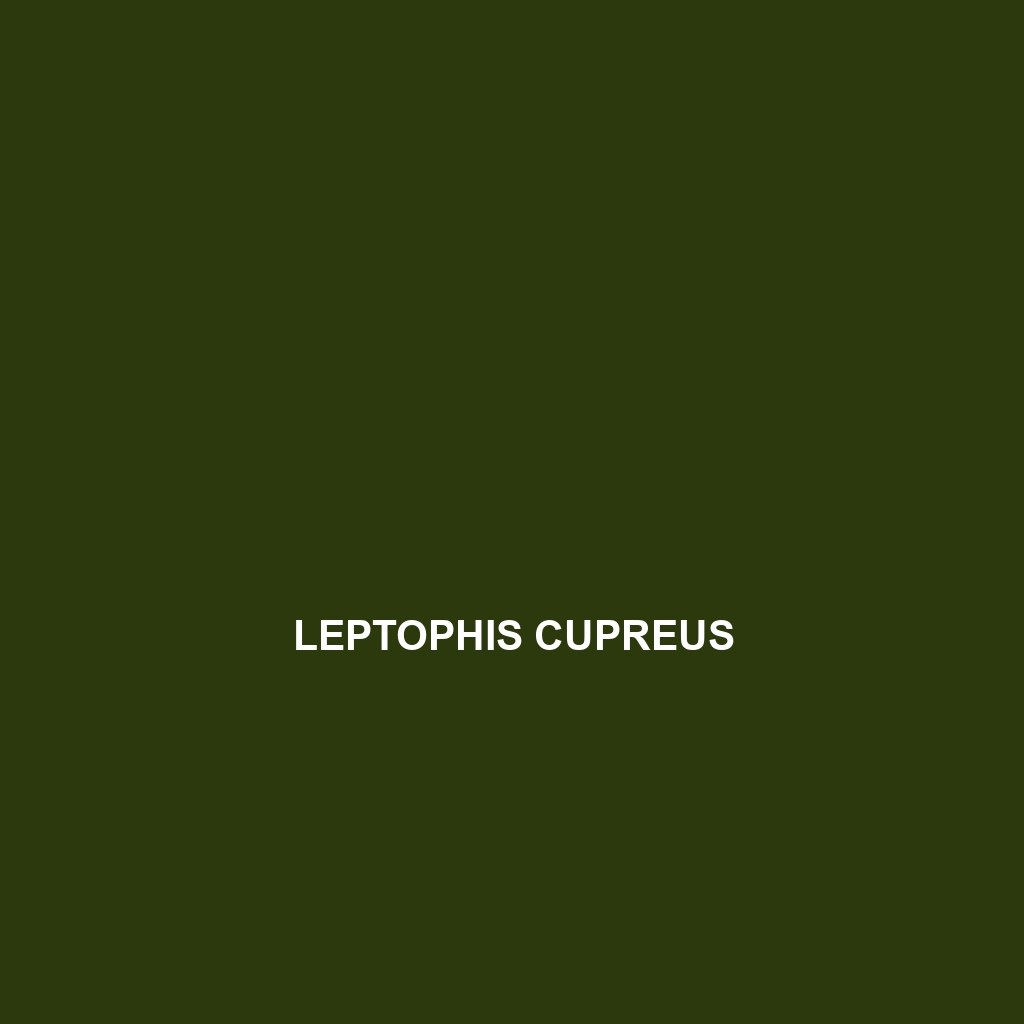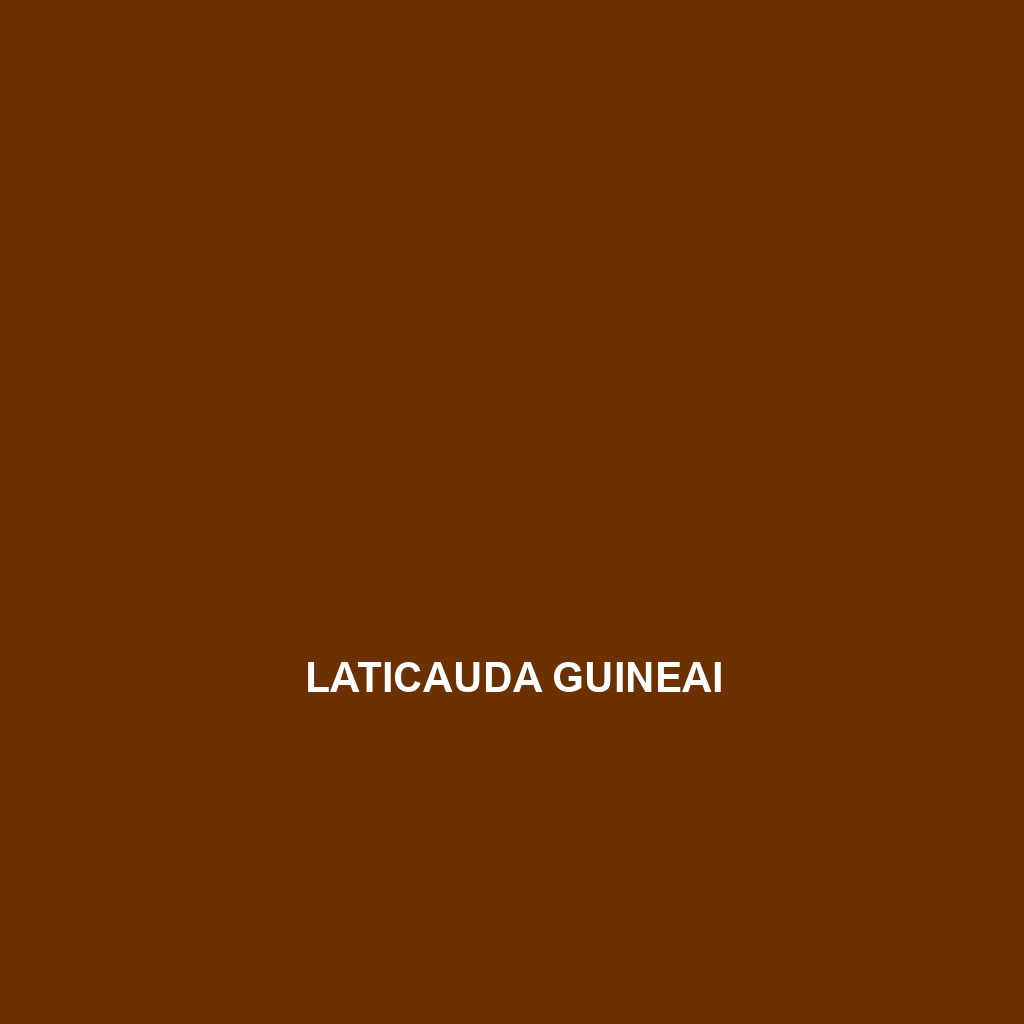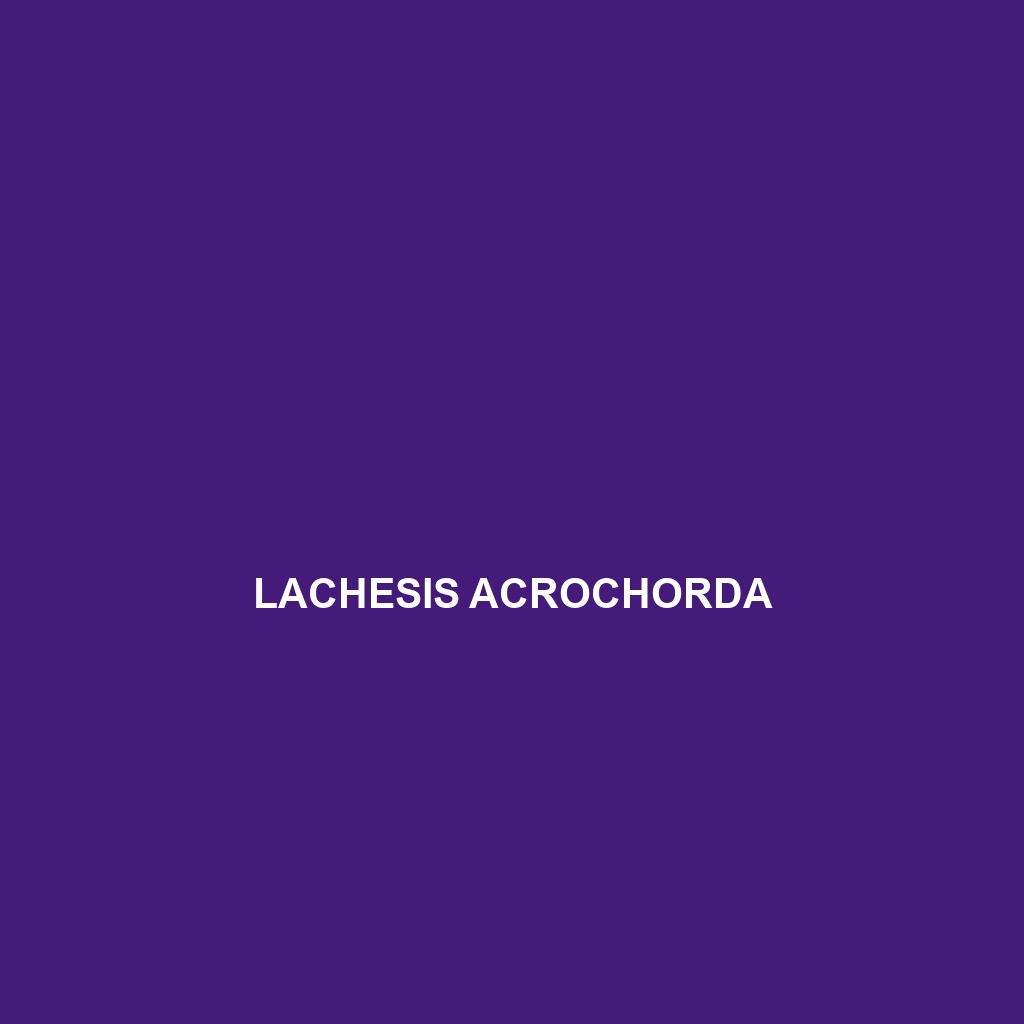Discover the stunning Leptophis cupreus, or copper-bellied snake, known for its vibrant green body and coppery belly. Thriving in Central and South America's lush rainforests, this agile, nocturnal insectivore plays a vital role in its ecosystem by controlling insect populations.
Tag: ovoviviparity
Laticauda frontalis
<p><b>Laticauda frontalis</b>, or the yellow-lipped sea krait, is a striking marine snake found in the Western Pacific, recognized for its black and yellow banding and agile swimming. This ovoviviparous predator primarily feeds on eels and small fish, playing a vital role in maintaining the balance of its tropical coral reef ecosystem.</p>
Lachesis acrochorda
<p><b>Lachesis acrochorda</b>, or the bushmaster snake, is a large and striking viper native to the rainforests and savannas of Central and South America, reaching lengths of up to 3 meters (10 feet). With impressive camouflage and potent venom, this nocturnal predator plays a vital role in its ecosystem by controlling small mammal populations.</p>
Hydrophis belcheri
The Hydrophis belcheri, or Belcher's Sea Snake, is a striking marine native, characterized by its dark blue or black back adorned with yellowish bands, typically growing up to 1.5 meters. This carnivorous snake thrives in warm coastal waters of the Indian and Pacific Oceans, playing a vital role in marine ecosystems as both predator and prey.
Gongylosoma scriptum
Discover the stunning Gongylosoma scriptum, also known as the Oriental Whipsnake, featuring a slender, vibrant green body that thrives in Southeast Asia's rainforests and savannas. This nocturnal predator is renowned for its unique camouflage, agile climbing abilities, and fascinating behaviors, contributing significantly to its ecosystem.
Erythrolamprus perfuscus
<p>Discover the <b>persimmon snake</b> (<i>Erythrolamprus perfuscus</i>), a striking reptile native to the rainforests and savannas of Central and South America. Known for its slender body, dark coloration, and fascinating nocturnal behaviors, this non-venomous species plays a vital role in its ecosystem as both predator and prey, thriving in humid, biodiverse habitats.</p>
Emoia maculata
Discover the fascinating Emoia maculata, or spotted skink, a medium-sized insectivore found in tropical and subtropical rainforests, temperate forests, and savannas across Pacific islands. Known for its distinctive dark-spotted coloration and ability to regenerate its tail, this agile skink plays a vital role in maintaining healthy ecosystems by controlling insect populations.
Elgaria cedrosensis
<b>Elgaria cedrosensis</b>, also known as the Cedros Island alligator lizard, is a fascinating insectivorous reptile indigenous to Cedros Island, thriving in temperate forests and shrublands. With a distinctive olive green to brown coloration, these lizards reach lengths of 20 to 25 centimeters and are recognized for their diurnal behavior, unique reproductive strategy of live births, and significant ecological role in controlling insect populations.
Duberria atriventris
Discover the fascinating Duberria atriventris, also known as the atriventris snake, a medium-sized reptile thriving in the tropical rainforests of Central and South America. With its striking dark brown body adorned with lighter cream bands, this nocturnal predator plays a vital role in maintaining ecological balance by controlling populations of small mammals and birds.
Dipsas viguieri
<b>Dipsas viguieri</b>, or Viguier's snail-eating snake, is a nocturnal species native to the tropical rainforests of Central and South America, known for its slender body, distinctive light brown coloration with dark blotches, and specialized diet consisting primarily of snails. This snake plays a vital role in its ecosystem, helping to regulate snail populations while also serving as prey for larger predators.









